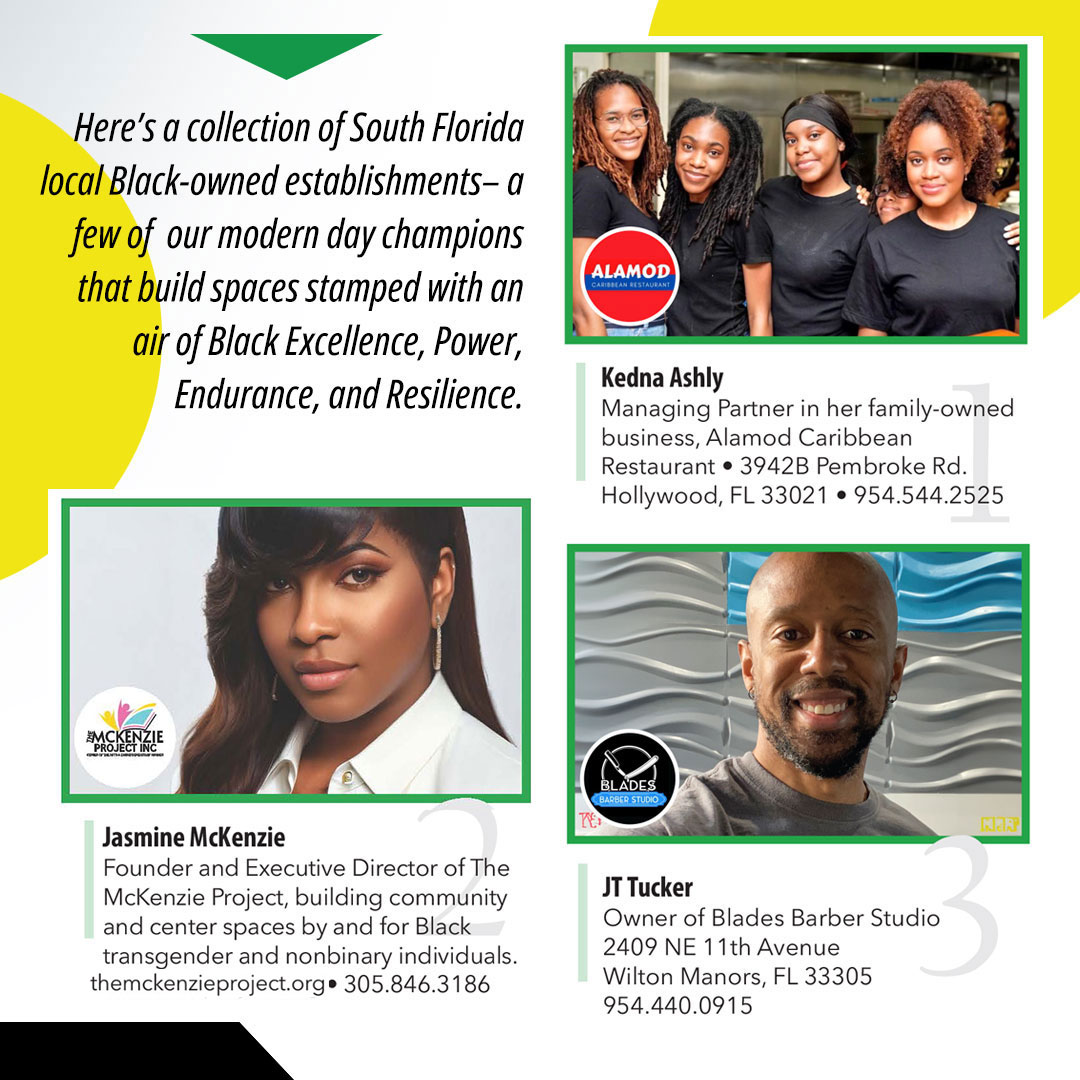Green means go and that is certainly an unintended major aspect of the historical Green Book, better known as The Negro Motorist Green Book. The historically quoted bible of Black travel during the Jim Crow era of Black and White separation in America was basically a directory of safe establishments that the Black community could frequent without being turned away or worse violated for attempting to patronize.
See, in those days the Black community had to be extremely careful due to risk of life on where they could stop along their journeys from town to town, city to city, and state to state when looking for lodging to rest their heads, or a gas station to refuel at, and even simply to stop at a business for everyday life needs – till this day unfortunately circumstances as such still exist but as you can imagine it was ever so much more pervasive during our country’s segregation era.
The Green Book was truly and literally a lifesaving guide for the Black community as they traveled to different destinations throughout the country. And as likely as someone might infer that the book was titled green for go, the color reference is actually the surname of the gentleman who founded the vital guide. Victor Green published the first Green Book in 1936 and it remained part of the fabric of Black travel for 30 years, fading away from the cultural landscape after the Civil Rights Act of 1964 was passed into law.
Remanence of the once crucial travel guide still exists in America’s culture today. In fact, the very magazine you’re reading right now has characteristics of what The Green Book represented. Essentially, the almost 4-decade old HOTspots magazine and many others of its day advertised establishments, predominantly nightlife and lodging accommodations, in which the gay community could frequent collectively with little to no fear of homophobia and the like. And to this day, the magazine has components of that very embedded nature.
But there’s little to no remanence of The Green Book in Black culture, currently. Yes, it can be said that there are still travel guides (commonly blogs, et cetera nowadays) that cater to the Black community today but nothing to the essence of The Green Book represented. One can argue if it’s even needed in today’s time. I would say to that argument, why not? If for any reason, education, which is one of the reasons I penned this article.
The other reason. To the real-life guardian angel that is Victor Green, I give you my modern take of The Green Book. A collection of local businesses and organizations spearheaded by Black individuals that we all can frequent to gain vital resources or everyday life needs without risk of endangerment. These are some of our modern champions that build spaces stamped with Black Power, Endurance, Excellence, and Resilience.
